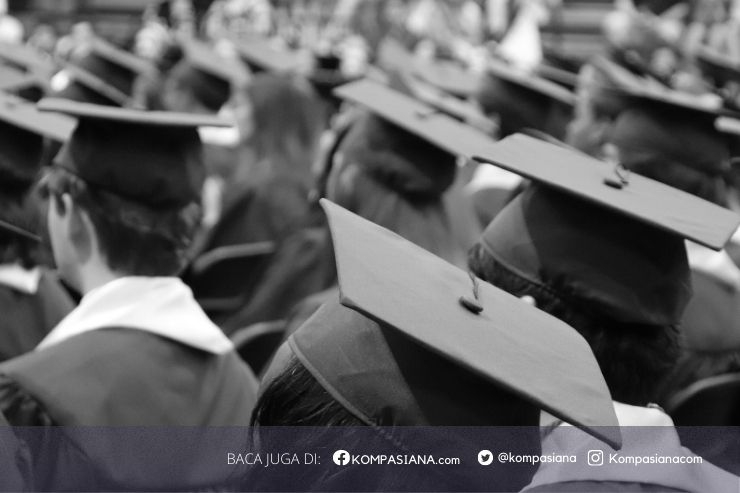The phenomenon in today's education system shows persistent inequality in the number and distribution of educators and education personnel across regions. On one hand, some schools have an oversupply of teachers, while on the other hand many schools face shortages of qualified educators in specific fields. Another gap lies in the quality of education personnel, where academic competence is not always accompanied by strong moral integrity and professionalism. This condition directly affects the quality of teaching and the overall standard of national education. Therefore, this paper aims to elaborate on the strategies, implementation, and challenges in planning educators and education personnel (EEP) through the framework, methods and strategies, planning processes, and job analysis and forecasting of personnel needs.
First, The Basic Framework of Educator and Education Personnel Planning
EEP planning is a systematic process to determine the number, quality, and distribution of educators according to institutional needs. From the Islamic perspective, an educator is not only required to excel academically but also to demonstrate moral and spiritual integrity. In other words, educators are role models who combine knowledge with faith and noble character. Proper planning provides significant benefits, such as ensuring the availability of professional staff, addressing quantitative imbalances, and enhancing the quality of learning that contributes to the improvement of national education quality.
Second, Methods, Strategies, and Procedures of EEP Planning
The planning methods involve needs analysis, numerical projections, and mapping the quality of educators. Strategies focus on equitable distribution, competency enhancement, and continuous professional development in line with national education policies. The planning procedure includes stages from problem identification, forecasting needs, drafting plans, implementation, to evaluation. The integration of methods, strategies, and procedures is crucial to ensure that education personnel are not only sufficient in number but also relevant to the demands of the times.
Third, The Process of Educator and Education Personnel Planning
The planning process of EEP is carried out systematically. It begins with a needs analysis, followed by recruitment, selection, and placement according to expertise and institutional requirements. Next, educators undergo orientation and assignment, accompanied by mentoring and empowerment to improve performance. This process also includes competency development, career pathway planning, and performance appraisal as the basis for continuous improvement. Thus, planning is not limited to recruitment but also ensures sustainable development.
Fourth, Job Analysis and Forecasting the Needs of EEP
Job analysis aims to outline the duties, responsibilities, and qualifications required of educators so they can be placed according to their expertise. Meanwhile, forecasting the needs of EEP is conducted by analyzing teacher-student ratios, government policies, and social developments. The ultimate goal is to guarantee the availability of professional, equitable, and relevant personnel to enhance the quality of education.
Summary
The planning of educators and education personnel is a fundamental aspect of national education development. Through a framework rooted in academic and moral integrity, well-directed strategies, systematic processes, and structured job analysis, EEP planning can ensure the availability of professional personnel that are equitably distributed and relevant to educational needs. Consequently, education quality can be continuously improved, addressing challenges of equity and human resource quality for the future.







